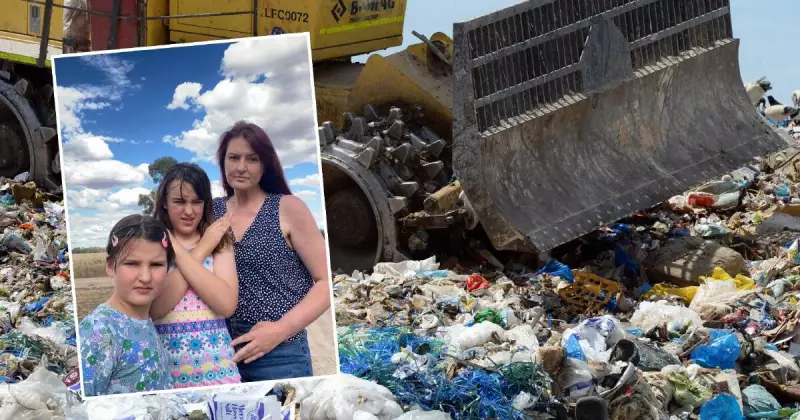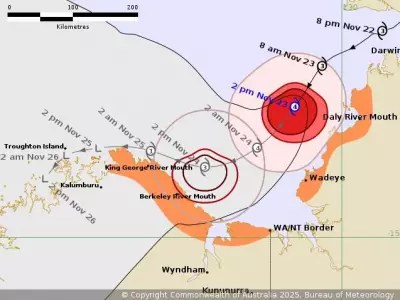
New South Wales is facing a mounting waste crisis that could see Sydney's rubbish travelling north to the Hunter region for incineration. With metropolitan landfills rapidly approaching capacity, the state government is considering alternative solutions that have sparked both interest and concern among environmental groups and local communities.
The Landfill Emergency
Sydney's main waste disposal sites are expected to reach their limits within the coming years, creating an urgent need for innovative waste management strategies. The situation has become so critical that authorities are exploring options previously considered off the table, including large-scale waste-to-energy facilities.
Tomago, located in the Hunter Valley, has emerged as a potential site for such operations. The area's existing industrial infrastructure and transport links make it a feasible candidate for processing waste from the Greater Sydney region.
The Incineration Debate
Modern waste-to-energy plants represent a significant technological advancement from traditional incinerators of the past. Proponents argue that these facilities can:
- Generate electricity from non-recyclable waste
- Reduce landfill dependency and methane emissions
- Recover metals and other materials for recycling
- Provide a solution for waste that would otherwise pollute landscapes
However, environmental advocates remain cautious. Concerns focus on air quality impacts, potential toxic emissions, and whether such facilities might discourage more sustainable waste reduction and recycling efforts.
Community and Environmental Considerations
The proposal raises important questions about environmental justice and regional equity. Should one community bear the burden of another's waste? How can we ensure that technological solutions don't compromise public health or environmental standards?
As the NSW government weighs its options, the Tomago proposal highlights the complex challenges of waste management in a growing state. The decision will likely set important precedents for how Australia handles its waste crisis in the coming decades.
With proper regulation and community consultation, waste-to-energy could become part of a comprehensive solution. However, experts emphasise that it should complement – not replace – efforts to reduce waste at its source and improve recycling systems.





